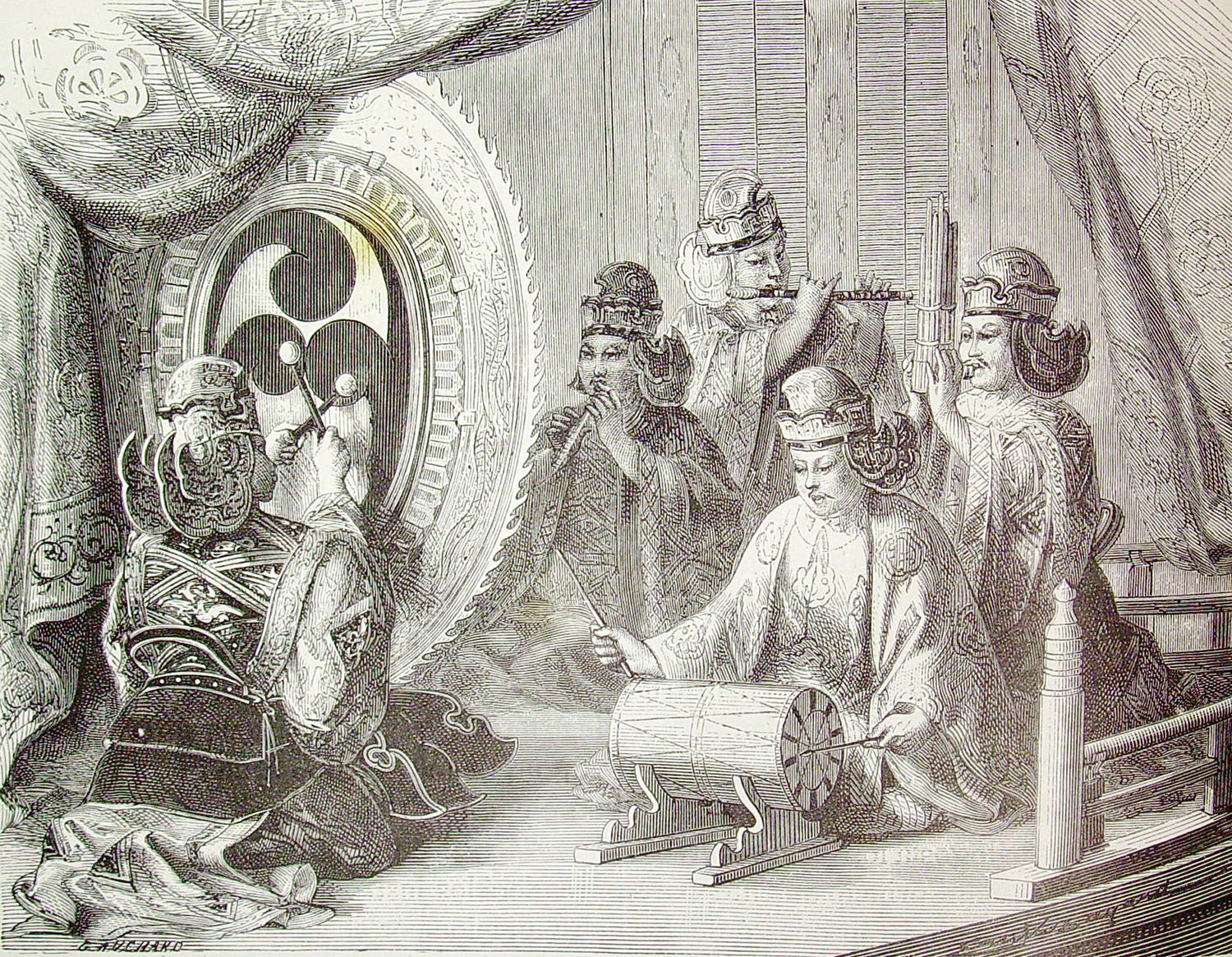
Disney’s Hollywood drama, "SHOGUN".
Set in the late Sengoku period, it follows the time from the death of the Taiko (inspired by Toyotomi Hideyoshi), who succeeded Oda Nobunaga and pacified the long war-torn nation, up to the Battle of Sekigahara in 1600.
With the Taiko gone, there is no ruler to unite the nation. The heir is still young. There is growing discord among the powerful daimyos who govern their respective territories.
The story begins with the powerful Kanto lord Toranaga Yoshii (inspired by Tokugawa Ieyasu), played by Hiroyuki Sanada, who is summoned to Osaka Castle by daimyos who resent him. He is accused of unjustly expanding his territories and holding the heir's mother hostage, pushing him into a dire situation.
At the same time, an English navigator, John Blackthorne (inspired by William Adams), is shipwrecked in a fishing village.
The story intricately weaves power struggles, the clash between Catholic and Protestant Christians from the West, and the complex involvement of foreign nations in Japan, driven by motives beyond mere trade and missionary work.
An atmosphere of unease, anxiety, instability, and chaos heavily permeates the entire narrative.
Samurai, missionaries, Japanese, foreigners, enemies, allies, Christians, anti-Christians, men and women.
Social conditions, the end of times. Emotions, customs, folklore, culture, and the era all overlap heavily.
The line between foreign and Japanese, good and evil, is blurred. That’s reality. This world is made of "layers".
"Layers"
The soundtrack of "SHOGUN" captures and evokes this atmosphere precisely with "layers".
Atticus Ross, Leopold Ross, and Nick Chuba, who have experience winning the Academy Award for Best Original Score, pursued music that fits the world of "SHOGUN".
They wanted to express authentic Japan and the Japan of that era through sound, studying various aspects of Japanese music, including contemporary music.
This pursuit led them to Taro Ishida (referred to as Mr. Taro), who has produced and composed Gagaku music. I am deeply impressed by their curiosity and professional spirit, which led them to explore the unknown sound of Japan with bold determination and resilience, much like navigating the open seas and arriving at new shores.
In this production, not only Gagaku but also shamisen, shakuhachi, kokyu, and conch shell were recorded, yet the core focus for Mr. Taro was Gagaku.
The sound of Gagaku created a real sense of Japanese history, the atmosphere of the era, and a mysterious feeling of how Japan appeared to foreigners at that time.
"Mysterious"
Gagaku is truly "layered" and "mysterious".
Why is it layered and mysterious?
I want to explore this further.
written by Atsuko Aoyagi / ao.Inc.
#dailythoughts #traditionaljapanesemusic #composition #gagaku #composinggagaku #nonmusic #gagakuperformance #filmmusic #gagakutan #gagakutales #shogun #layer #mysterious